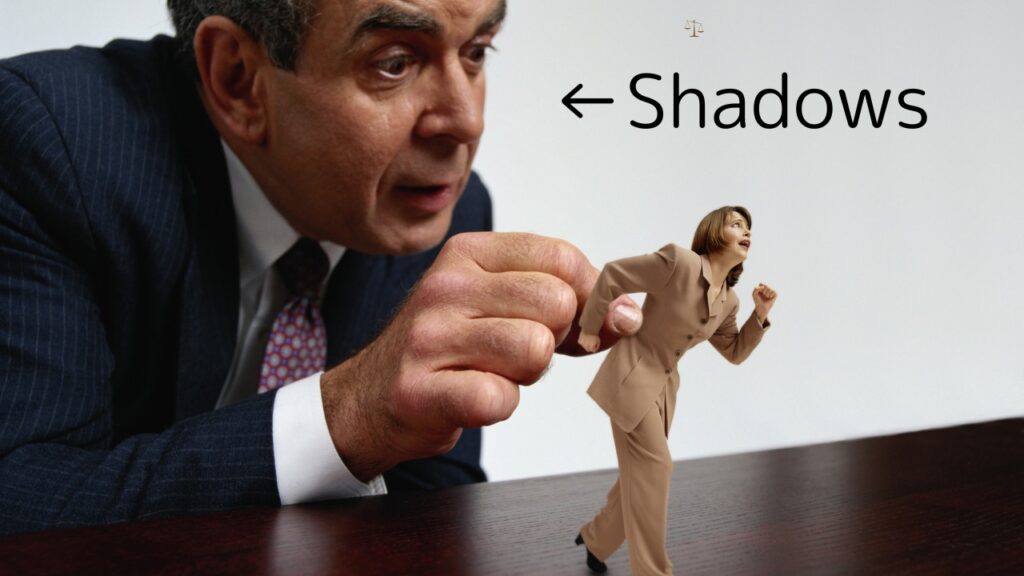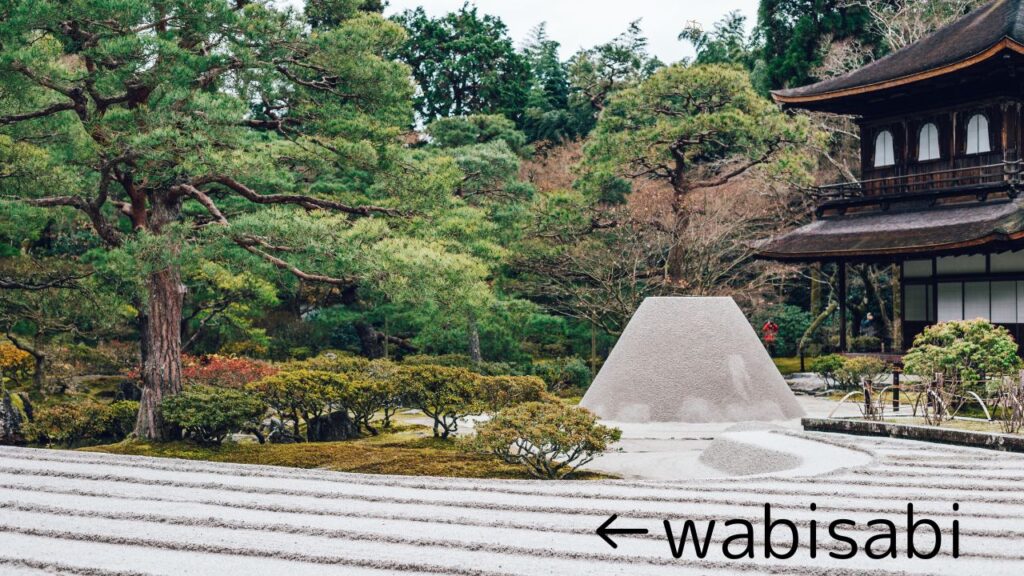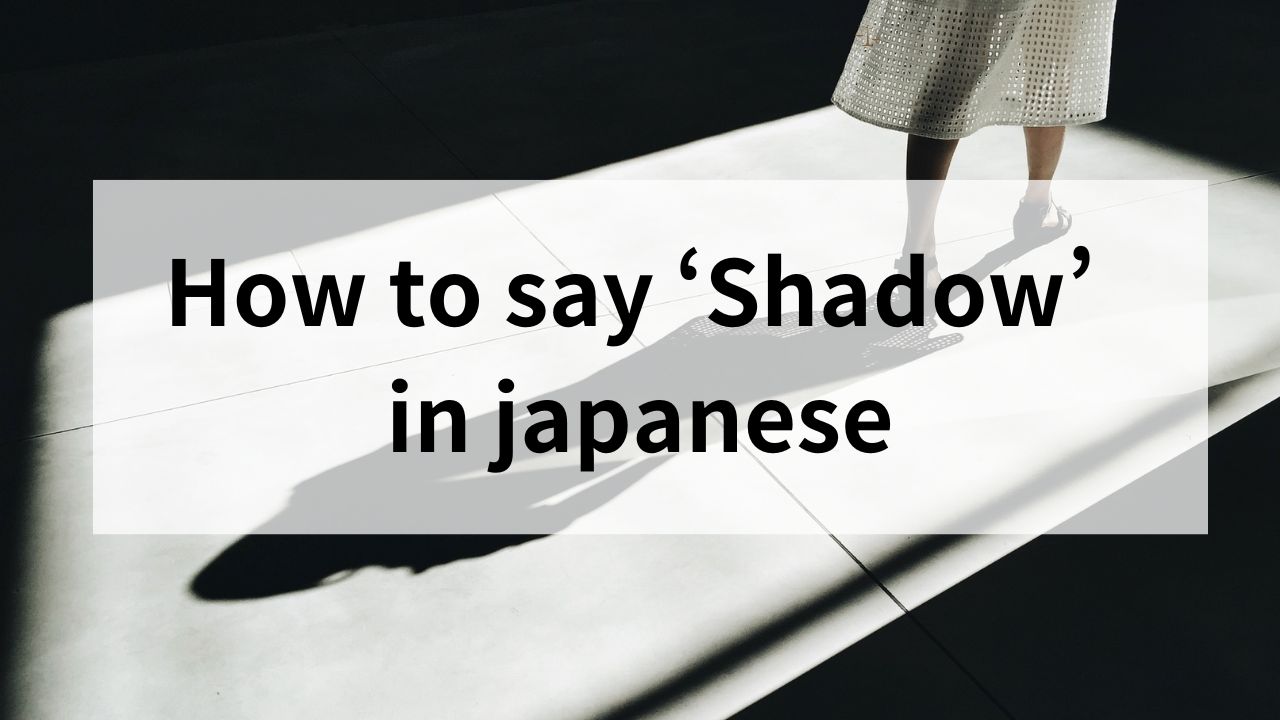Are you curious about how to say “shadow” in Japanese? The concept of shadows in Japanese culture carries both literal and metaphorical meanings, often reflecting depth and subtlety. In this guide, we’ll explore the Japanese words for “shadow,” their nuances, cultural significance, and practical applications.
How Do You Say ‘Shadow’ in Japanese?
The word “shadow” in Japanese can be translated in several ways depending on the context:
- 影 (Kage): Refers to a physical shadow or silhouette, such as the shadow cast by an object or person.
- 陰 (Kage): Refers to shade, darkness, or figurative shadow, such as something hidden or secretive.
- 陰影 (Inei): Describes contrasts between light and shadow, often used in art and photography.
影 (Kage) is most popular mean of shadow in Japanese.
Cultural Context of Shadows in Japan
1. Literal Shadows
In its most basic sense, 影 (Kage) is used to describe the shadow or silhouette cast by an object or person. For example: – “Tsuki no kage ga utsutteiru” (月の影が映っている) means “The moon’s shadow is reflected.”
-1024x576.jpeg)
2. Metaphorical Shadows
In a figurative sense, 陰 (Kage) refers to something hidden, secretive, or dark. This word is often used in literature and expressions to convey mystery or subtlety. For example: – “Kare wa kage no shujinkou desu” (彼は影の主人公です) means “He is the shadow protagonist.”

3. Shadows in Art
Shadows are an important element in Japanese art and design, reflecting the principle of Wabi-Sabi, which appreciates imperfection and the interplay of light and darkness. The term 陰影 (Inei) is often used to describe the delicate contrasts of shadows in traditional architecture, gardens, and paintings.

Practical Applications and Usage
Here are some practical examples of how to use “shadow” words in Japanese:
Describing Shadows
You might say, “Kono ki wa ookii kage wo otosu” (この木は大きい影を落とす), meaning “This tree casts a large shadow.”
Figurative Expressions
If you want to describe something secretive, you can say, “Kage ni kakureteiru” (影に隠れている), meaning “It’s hidden in the shadows.”
Shadows in Art
In the context of photography or art, you might use “Inei ga utsukushii” (陰影が美しい), meaning “The play of light and shadow is beautiful.”
Famous Use Case: Shadow Clone(Kagebunshin no jyutu)
A notable usage of “影” (Kage) can be found in the term “影分身” (Kage Bunshin), meaning “Shadow Clone,” a famous technique from the manga and anime series NARUTO. This technique involves creating multiple physical copies of oneself, emphasizing the physical and symbolic use of shadows in action and strategy.
Can ‘Shadow’ Be Understood as ‘シャドー’ in Japanese?
1. Shadow as ‘影’ is Generally Understood
The term “Shadow” pronounced as “シャドー” can be understood by most Japanese speakers to mean “影,” especially in contexts such as makeup (e.g., eye shadow) or lighting effects. It is a common loanword from English.
2. Risk of Misunderstanding as ‘車道’
However, in verbal communication, “シャドー” might be misheard as “車道” (shadou), which means “roadway.” This could lead to confusion, particularly in noisy environments or without clear context.
FAQs
Here are some common questions about shadows in Japanese:
What’s the difference between 影 (Kage) and 陰 (Kage)?
影 refers to physical shadows or silhouettes, while 陰 refers to shade, darkness, or metaphorical shadows. The former is tangible, while the latter often has an emotional or abstract nuance.
What’s the difference between “shadow” and “dark” in Japanese?
“Shadow” is translated as 影 (Kage) or 陰 (Kage), depending on whether it’s physical or metaphorical. “Dark” is translated as 暗い (Kurai) when describing a lack of light or a gloomy atmosphere. For example: – “Kono heya wa kurai desu” (この部屋は暗いです) means “This room is dark.” – “Kage” emphasizes the presence of a light source creating contrast, while “kurai” describes an overall absence of light or brightness.
Are shadows significant in Japanese culture?
Yes, shadows play a significant role in Japanese aesthetics, particularly in traditional art and architecture, where they symbolize subtlety, depth, and impermanence.
How do you say “shadow of the past” in Japanese?
You can say “Kako no kage” (過去の影), which literally means “shadow of the past.”
Conclusion
Understanding the various meanings of “shadow” in Japanese helps deepen your appreciation of the language and culture. Whether discussing literal shadows, metaphorical nuances, or artistic elements, these terms open a window into the subtle and layered world of Japanese expression.








